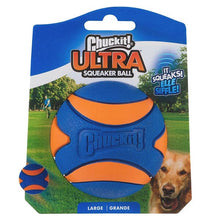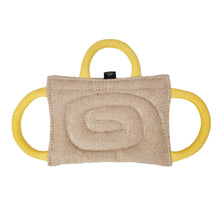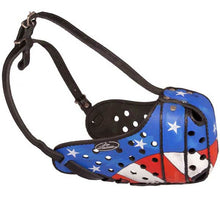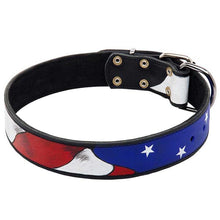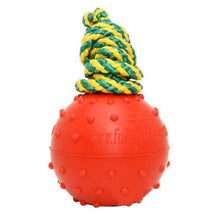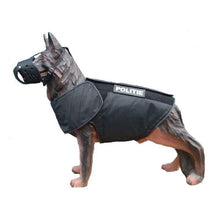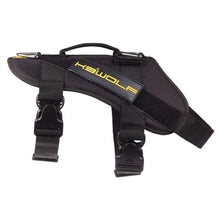Integrating A German Shepherd Into A Multi-Pet Household: Best Practices For Ensuring Harmony Between Dogs And Other Pets.
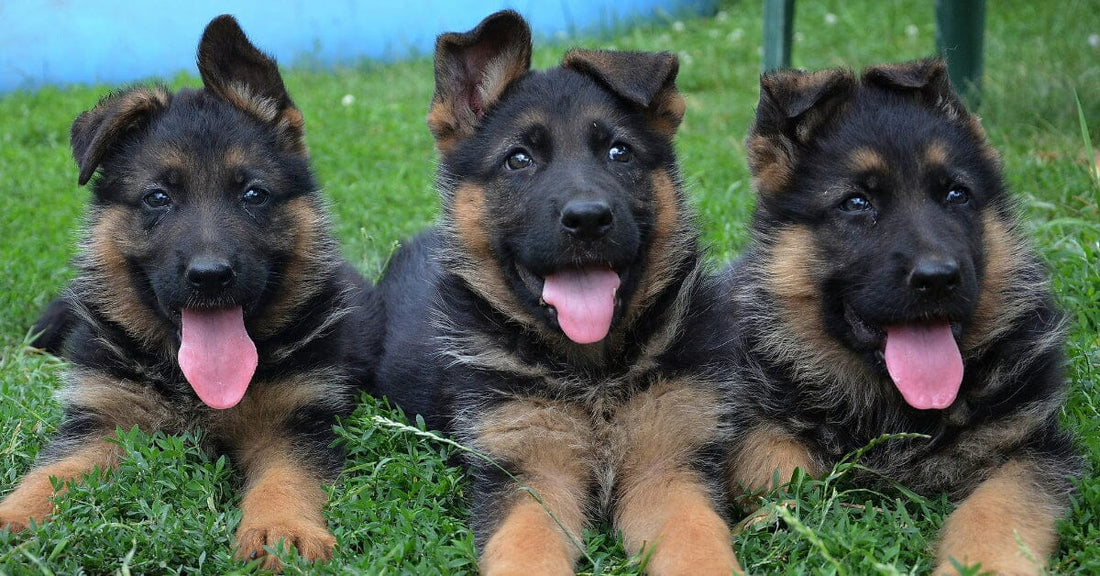
As the saying goes, “You never get a second chance to make a good first impression.” That advice is very true when planning to introduce a new German shepherd to your multi-pet home.
How you integrate the new dog into your home will depend on several factors that may include: their ages, if they are used to other pets, socialization, the drive of the dogs, how the existing pets do when meeting new dogs, and more.
Each pet is different so each experience will be different. What works for one household may not work for another. But the goal is to ensure that all the pets in the house feel as comfortable and safe as possible when they first meet so they eventually become friends.

Whatever your situation is, it’s always better to take the time to make slow introductions than have an overwhelmingly bad first meeting. Introducing pets too quickly can stress the pets out and even trigger fights.
Below are some tips for integrating a German shepherd into a multi-pet household. Depending upon the pets involved, be prepared to combine elements of the advice below so that it works for your situation.
Home Preparation
- Remove all toys, chews, food, etc
Before you bring a new dog home, remove all the toys, chews, bones, food dishes, bedding, and anything else your existing pets may feel possessive about. Keep all these items away until the animals are comfortable with each other.
- Provide safe spaces
Before you bring the new dog home, create a safe space for all pets to go to. Examples of this include getting a kennel for each dog, putting up sturdy baby gates, installing pet doors so cats have a safe place to retreat, and deciding where you’ll feed each pet separately.
- Plan your schedule
It will take about 3 to 6 months for your pets to all become a family. Ideally, your pets will not be left alone until that happens and everyone is comfortable with each other. Before you bring your new dog home, decide how you’ll handle leaving your pets at home alone.
Education
- Get to know the breed
If you’re new to the breed, read up on the characteristics of German shepherds, talk to owners, and join our group, German Shepherd Talk on Facebook. Decide if the breed is a good fit for you. Get to know their drive and temperament before introducing one to your existing pets.

- Body language
Learning to read your dog’s body language is fun but also very helpful when making introductions. You can find more information about this on our website. Another great resource for this can be found at ispeakdog.org.
Initial Introductions
- Use a neutral location
Plan to introduce your new dog to your existing dogs at a neutral, calm location, preferably one dog at a time. Be sure that the dogs are leashed or wearing a harness. Each dog should have their own handler.
- Take walks together
Allow the dogs to see each other from a distance so that they don’t get overly excited. Walk the dogs so that they are aware of each other yet not close together. If they remain calm, you can slowly begin walking them closer together until you can eventually walk them together. This may happen the first walk or may take a few walks.

- Allow them to sniff
If all goes well, allow the dogs to sniff each other so they can begin to get to know each other. The dogs will be excited but should not be reactive or aggressive toward one another. Some dogs love meeting new friends and others can be aloof, so this may take more than one meet-up. You’ll have to use your best judgment as to when the best time to introduce the new dog to your home is.
Home Introductions
- Introduce the new dog to your home
Once the dogs are comfortable, you can introduce the new dog to your home. You’ll want to keep the dog leashed and have the other pets in a safe space while you show the new dog around. Your new dog will most likely be very excited and it's helpful to allow them to burn off some of their energy and go to the bathroom before seeing any other pets.
- First meetings
With all animals leashed, allow them to see each other through a kennel, baby gate, or even a fence. Don’t pressure them to interact and keep them apart. Keep the mood light and fun. Offer praise and treats when they follow commands. Praise good behavior and redirect any over-excited behavior.

- Interactions through barriers
If all goes well and there are no signs of aggression, allow the dogs to sniff each other through the barrier.
- Face-to-face meet-up
Once everyone is comfortable and happy with each other through the barrier, they can meet face-to-face while leashed. One way to do this is to take them for a walk together and then walk them home. If you feel comfortable, you could also introduce them in the yard. Monitor body language and adjust your plans, if needed. If anyone gets tense, redirect them from each other.
- Protect the new pup from the gang
If you have multiple existing dogs, introduce them one at a time at home. Let them get to know each other individually. Once they are together, be sure the existing pack doesn’t pick on the new dog.
-
 Protect seniors and small dogs
Protect seniors and small dogs
Puppies can easily overwhelm and annoy seniors and small dogs. Be sure you can protect them from exuberant youngsters.
- Introductions to small animals
German shepherds have a high prey drive so use caution when introducing them to small animals such as cats, pet rodents, birds, etc. Be sure the dog meets the small animal while it is caged. Once you feel comfortable, while the dog is leashed, let them meet without the cage. Some German shepherds do great with cats, others don’t. Many love to chase small animals. Be sure to ask your breeder or rescue if your new dog has been tested with cats or small animals. You’ll need to protect your small animals from your German shepherd until you know if they are safe together.
Treats and Toys
- Use positive training methods
Always praise and reward good behavior between the pets. Teach them to calmly take treats and be sure to have enough toys for all so they don’t fight over them.

Exercise and Training
- Daily exercise, training, and playtime
Be sure your new dog is getting enough exercise, training, and playtime to burn off their physical and mental energy, so they are calm around other pets. This will also help them bond with you and prevent behavior problems from developing.
Feed Separately
- Use separate feeding areas
Some dogs don’t mind sharing meals, but it has the potential to trigger resource guarding. For that reason, plan to feed them separately so they don’t feel the need to guard their food.
Muzzles Are Not Only For Aggressive Dogs

- Muzzle utilization
Using a basket muzzle for situations other than preventing dog bites can be very helpful in situations like integrating a new dog into the home. If you have any doubt about how the initial interactions will go, a muzzle can ensure everyone’s safety. It can take the pressure off and help you feel more comfortable if you’re worried about small pets. With some training, it can be seen as a positive thing.
Final Thoughts
Like people, all dogs have their own needs and quirks. Some are playful and outgoing while may be suspicious or aloof. Breed characteristics, age, socialization, and life experience will all play a role in how seamlessly your new pet will integrate into your home.
It takes time, trust, and patience to build relationships, and that includes with you and your existing pets. Take things slowly, keep everyone safe, and ensure everyone has plenty of space so they feel comfortable.

Arousal, excitement, tight spaces, and high-value items can trigger tension between dogs. Be sure the dogs are kept on a schedule, get plenty of exercise, and their environment is managed to help reduce stress.
We hope these tips help. If you need more help, please contact a professional trainer. As always, please feel free to share with your friends.
You might also like: Introducing Your Dog to Small Animals: A Step-by-Step Guide






